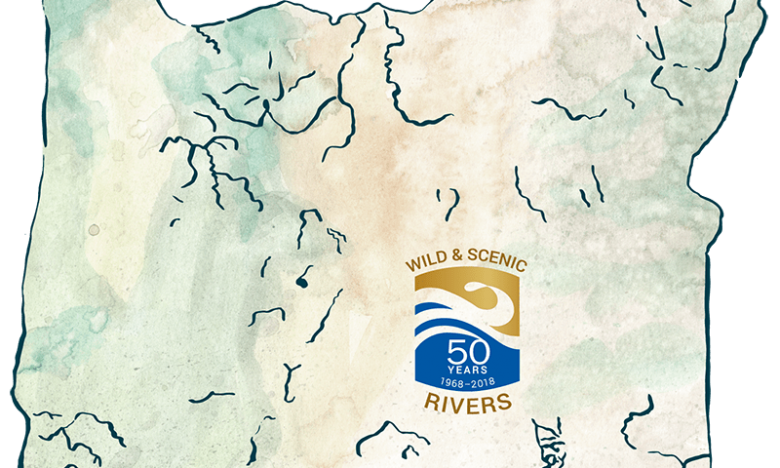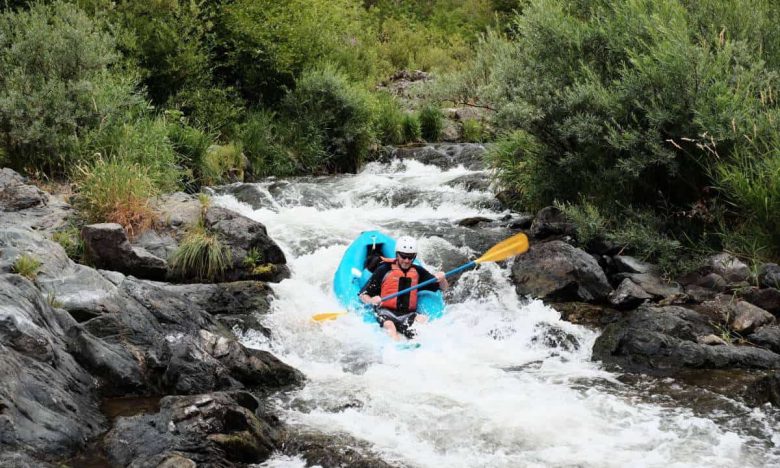As one of our guides performed a mid-river concert, everyone became distracted by a black bear walking towards the water. In the Rogue Valley, seeing wildlife is common. By far the best way to experience these animals is from the river. From our charismatic megafauna like bears and otters to smaller fish and salamanders, the Rogue River is a fantastic and important river corridor. Let us explore who they are and why there are so many animals by the river.
American Black Bear: Charismatic Megafauna
A hallmark of Rogue River wildlife, the American Black Bear is a 200-600 pound omnivore that can live up to 20 years old. It eats everything: from ants and salmon to unfortunately human garbage and cooler food thanks to their exceptional sense of smell. Consequently, you may see your river guide bear-proofing camp for the night. Black bears hibernate in winter which is why they are constantly foraging for food in the summer. Females especially will need plenty of calories because they will raise up to three cubs for two years, starting while in hibernation.
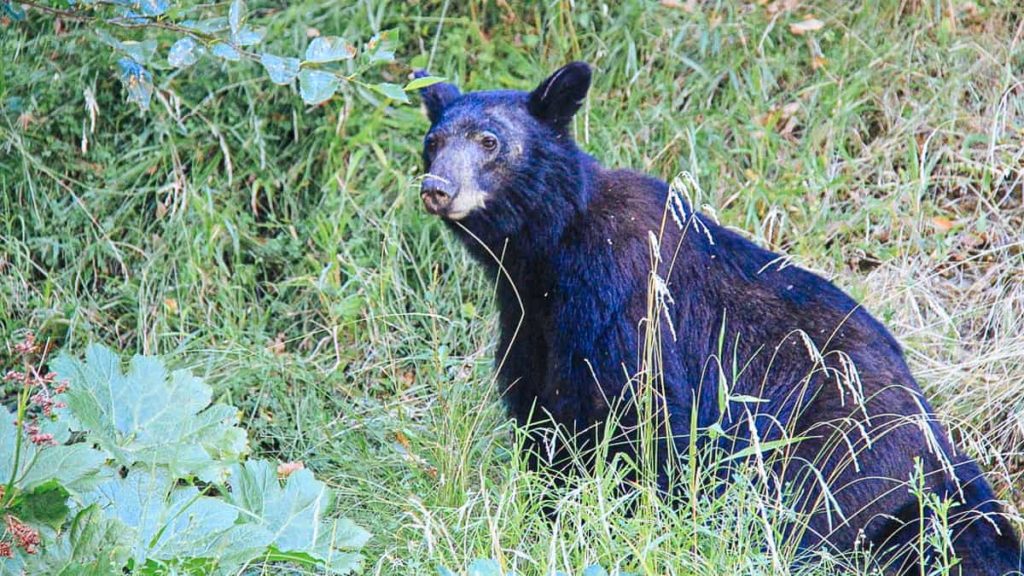
On the Rogue River your best chance to see bears are at dusk or swimming across the river in search of food.
North American River Otter: The Most Playful Mammal
Otters weigh between 10 and 33 pounds and live up to 12 years. Their high metabolism means they have a diverse diet eating frogs, turtles, shellfish, crayfish, and fish. They are inquisitive and adaptable to a variety of climates. To hunt, they can deploy a third transparent eyelid to see underwater. While they usually work alone or in pairs, they have a social life and a varied vocabulary, playing and sliding together in groups. Baby otters are usually born in dens between March and May and are blind and toothless, weighing only 4-6 oz.
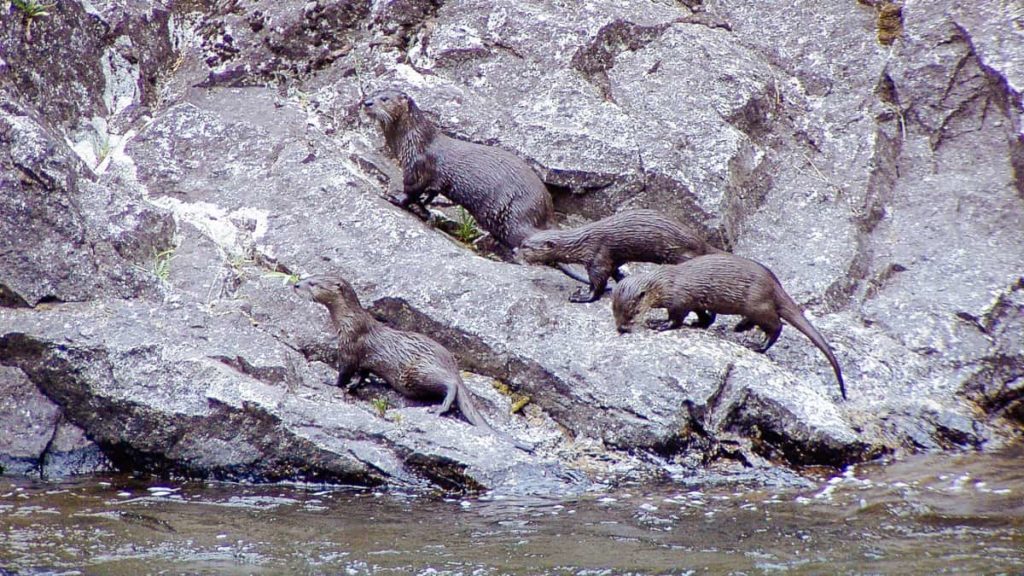
On the Rogue River you can spot an otter close to the river bank or find its head poking up through the water during a swim.
Black-Tailed Deer: The Hooved Homebodies
Black-Tailed Deer weigh between 120-200 pounds and are a subspecies of mule deer. While reddish-brown in summer, they turn grey to better camouflage in winter. These animals live 9-10 years, only ranging three square miles for their entire lives! In this small space they use four stomachs to digest plants, fungi, berries, and lichens. While rarely heard, black-tailed deer communicate with each other using at least ten different sounds. Every April – August mature bucks regrow their antlers while their cast-offs become an important source of calcium for the soil. During the summer they form their own bachelor groups while females raise one or two new fawns who are usually born in May or June as twins.
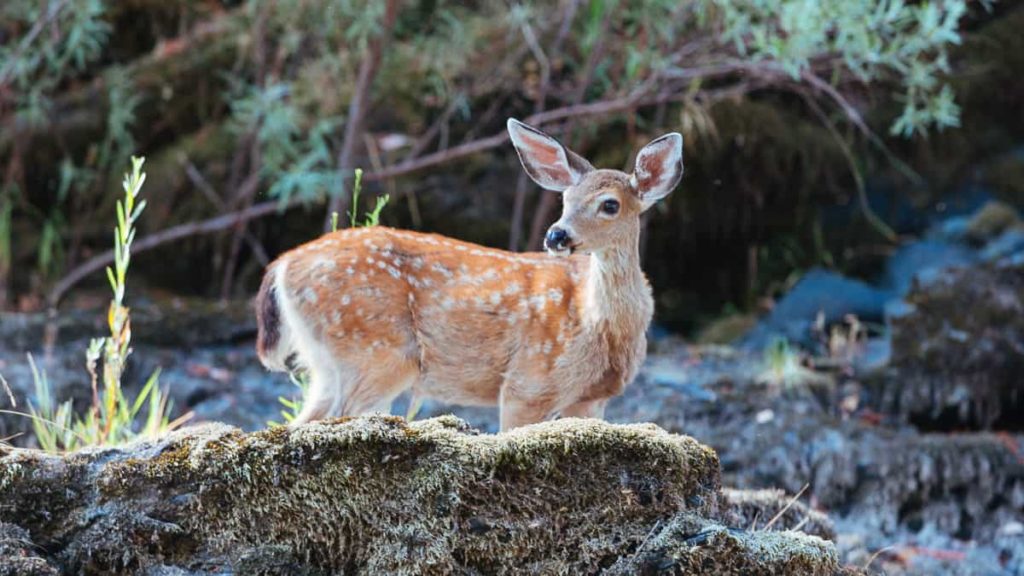
Black-tailed deer families with two fawns are a very common Rogue River wildlife but leap away if you get to close.
Bald Eagle: The Not-Bald Bird
Bald eagles are 3-4 ft. long with a wingspan of 6-8 feet. They can live up to 28 years and are only found in North America. They, like otters, also have a third transparent eyelid for hunting which protects an extra-wide field of vision and the ability to see ultraviolet light! Bald Eagles nearly went extinct thanks to the human-created pesticide DDT but have thankfully rebounded to healthy numbers in the wild. While they also fish, they primarily scavenge or steal their food from other animals. Bald eagles mate for life and create the largest nests of any living bird species.
On the Rogue River bald eagles are commonly perched on branches or flying above the river. Juveniles are a mottled brown, black and grey and do not sport the characteristic white head and tail feathers for their first five years. They are easily confused with Golden Eagles.
The Great Blue Heron: The Bird with the Most Elegant Neck
The Great Blue Heron is the largest heron in North America. It usually lives 15 years and also has a 6 foot wingspan, it just weighs 6-8 pounds. They feed on fish, amphibians, reptiles, invertebrates, small mammals, and even other birds. They nest in large colonies starting in February as males gather sticks so that the female can build their nest high up a tree and lay 2-6 eggs. Both the parents take care of their young by regurgitating their food until the chicks fly away about two months later.
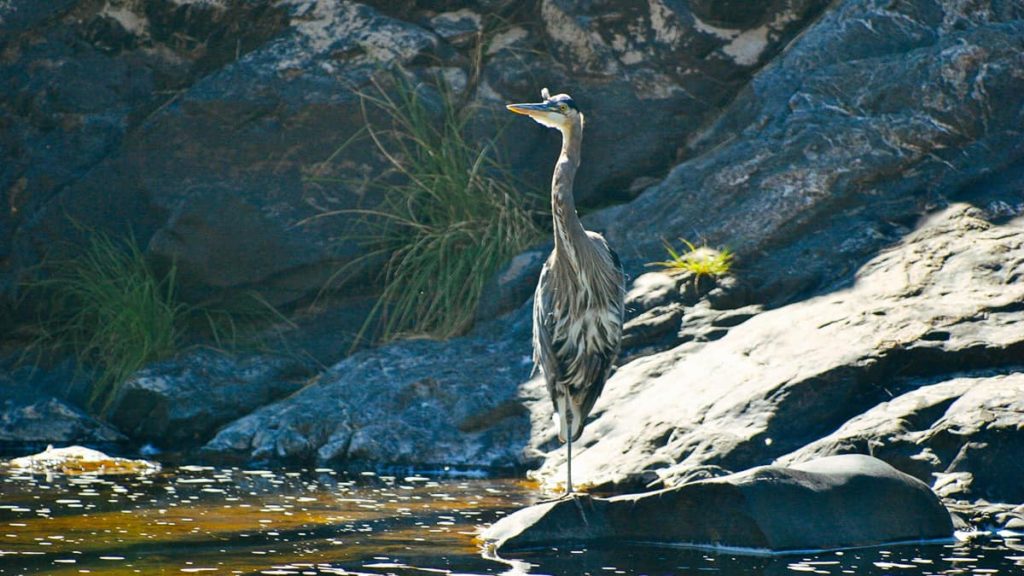
On the Rogue River it is common to find a heron next on the shore stalking its prey along the bank.
Osprey: The Olympic Divers
Osprey are about two feet high and like herons, have a 6 foot wingspan. Their wings form an M-shape from a kink in the middle. This gives them the extra power needed to lift up to 40% of their body weight. They are fabulous fishing birds and can dive at 50 mph towards unsuspecting prey below. Ospreys mate for life and build summer nests atop the tallest tree so they can view anything coming their way. Unfortunately, eagles have noticed their fishing prowess and try to steal the Osprey’s catch, or even baby ospreys. The osprey is so amazing that one of our guides wrote a whole separate article focusing just on this bird.
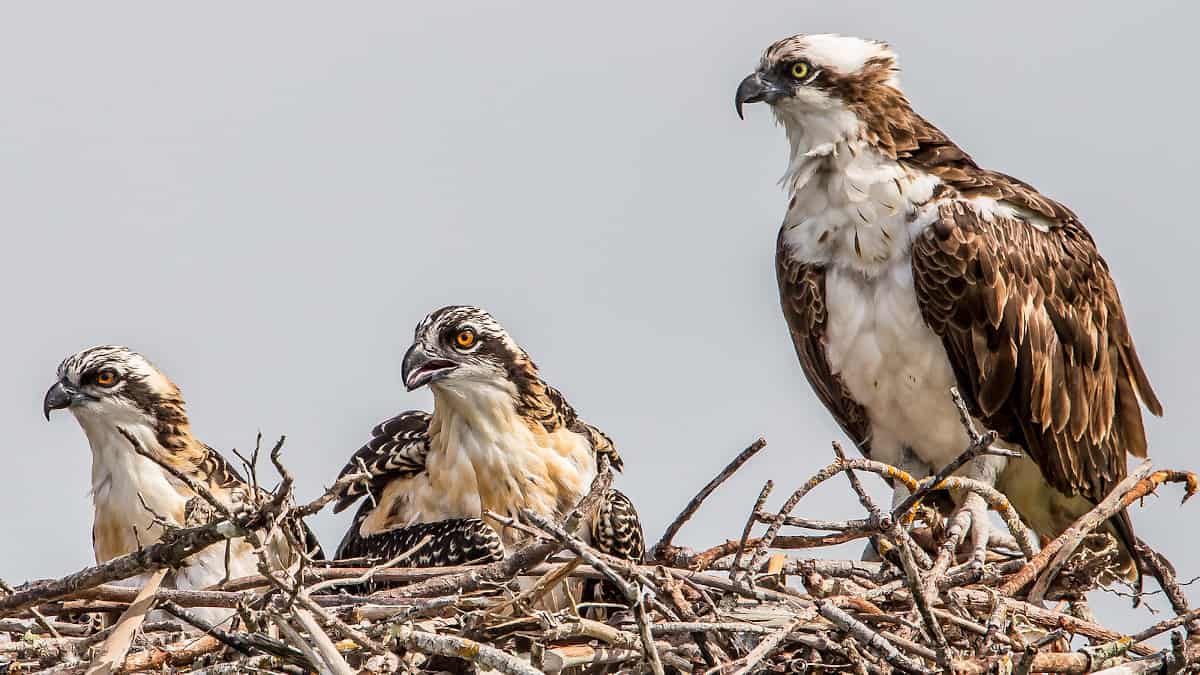
On the Rogue River Osprey are found high in the sky and atop tall trees. If you are lucky, you can see them dive for fish right in front of you while on the raft.
Salmon: The Most Athletic Rogue Fish
Two species of salmon spawn in the Rogue. They are known as the Coho, a bright red fish with a hooked jaw, and Chinook (King), a silvery fish with black spots. Chinook are the largest salmon species (weighing up to 125 pounds!) and can live up to 7 years. Called “anadromous” fish, salmon are born in freshwater, migrate to live in saltwater, and then swim up to 150 miles back up freshwater rivers to spawn. You can see them jump up Rainie Falls Rapid at certain points in the year. Females make nests called redds and after fertilization, both adults die and return their nutrients to where they were born. Though populations have declined over the years, the Rogue is still a prime spot for fishing with seasonal and daily limits.
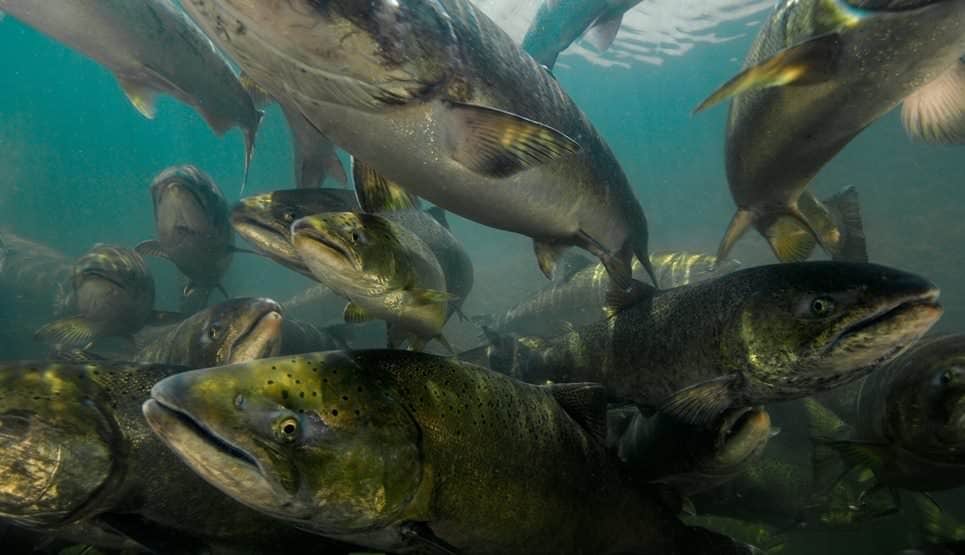
On the Rogue you can see salmon in the Spring and Fall congregating around cooler side streams or jumping out of the water.
Newts: The Most Dangerously Cute Rogue Animal
Newts have dry, rough skin, external gills, and mostly live in the water (salamanders are soft and can live on land and water). The Rough-Skinned Newt can grow up to 8 in. long and populates the Rogue and its tributaries. It is marked by its dark brown body and bright orange belly. Unfortunately, these animals secrete a milky-white neurological poison from their skin and in their eggs which means you should avoid handling them. They prefer quiet water and lay one egg at a time attached to underwater debris.
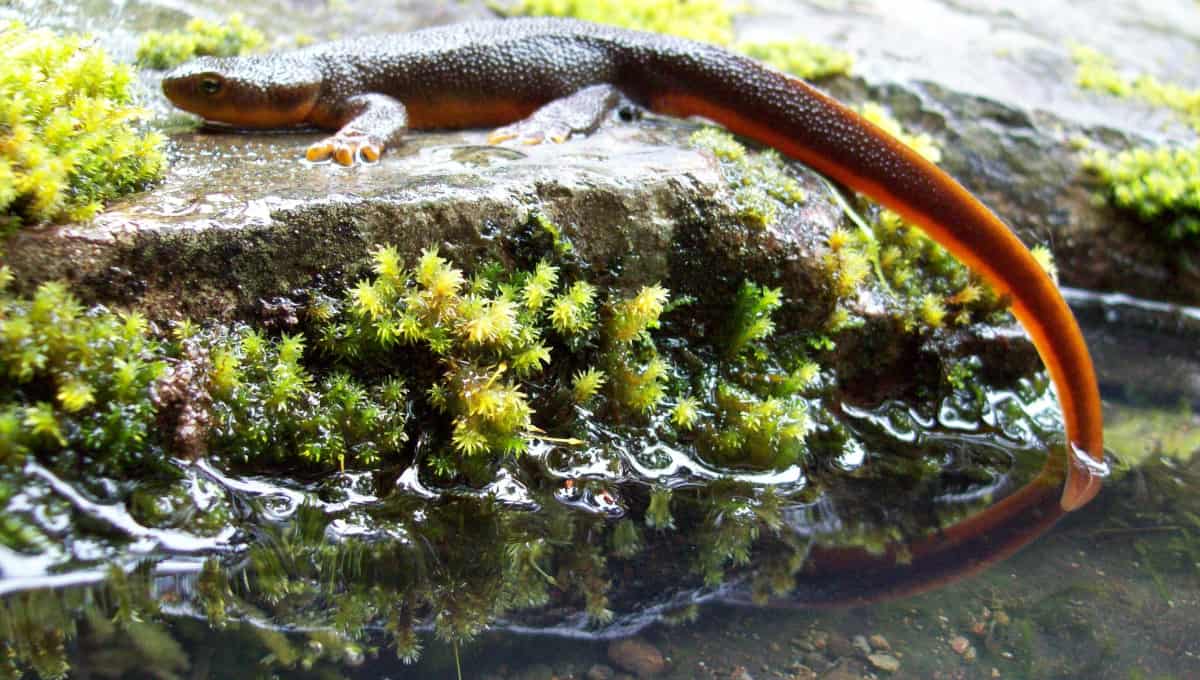
On the Rogue River you can find these newts swimming in pools under waterfalls in Rogue River tributaries and side-hikes.
The Rogue River Contains Rich Biodiversity
Rivers are magnets for varied wildlife because just like us, animals depend on consistent and clean sources of freshwater. The Rogue is especially diverse because it has an optimal growing climate consisting of rainy winters and sunny summers. Combined with the ocean around the corner and protein-rich salmon runs, there are plentiful nutrients for all. This biodiversity was a primary reason the Rogue was deemed one of the original eight Wild and Scenic Rivers in 1968.
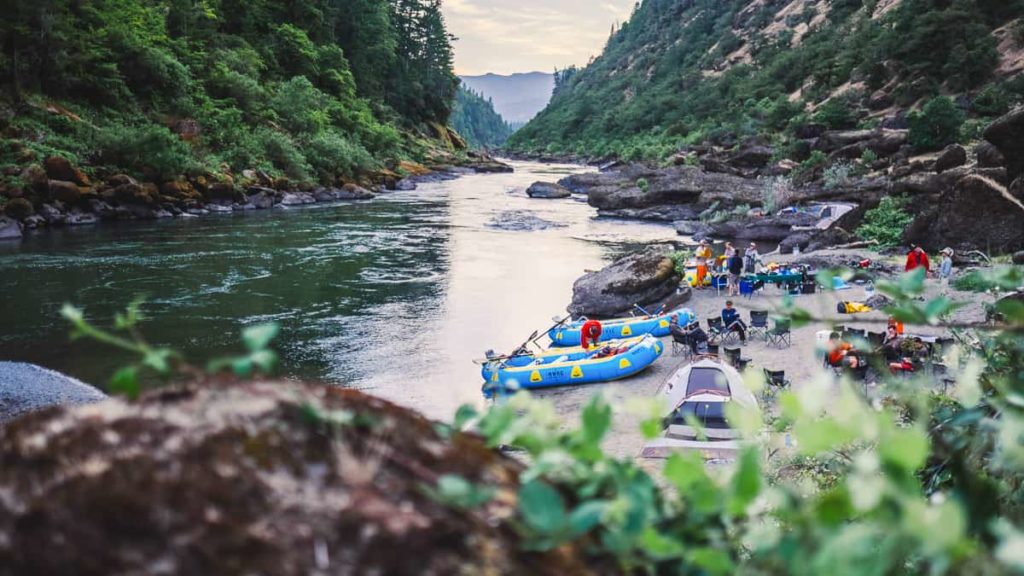
If you are sharp-eyed, you will likely see some amazing Rogue River wildlife. You may even be lucky enough in Spring and Summer to spot young animal families along the banks. Armed with your new knowledge, your trip (and your raft mates) will be sure to leave with new stories, facts, and sights thanks to this beautiful valley.
